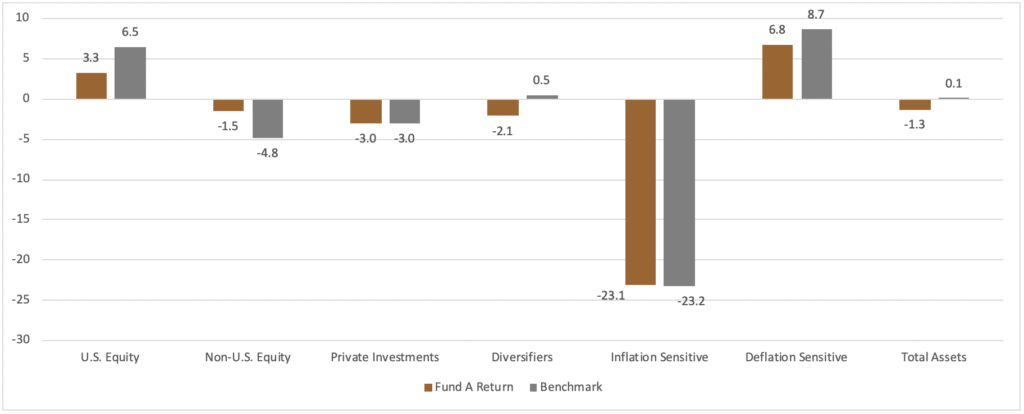Loper Athletics
UNK has a proud tradition of excellence and support when it comes to Loper Athletics and enjoy great success in all sports.
Departments, Programs and Areas
Find specific areas to support within your college, department, program or area of interest.







